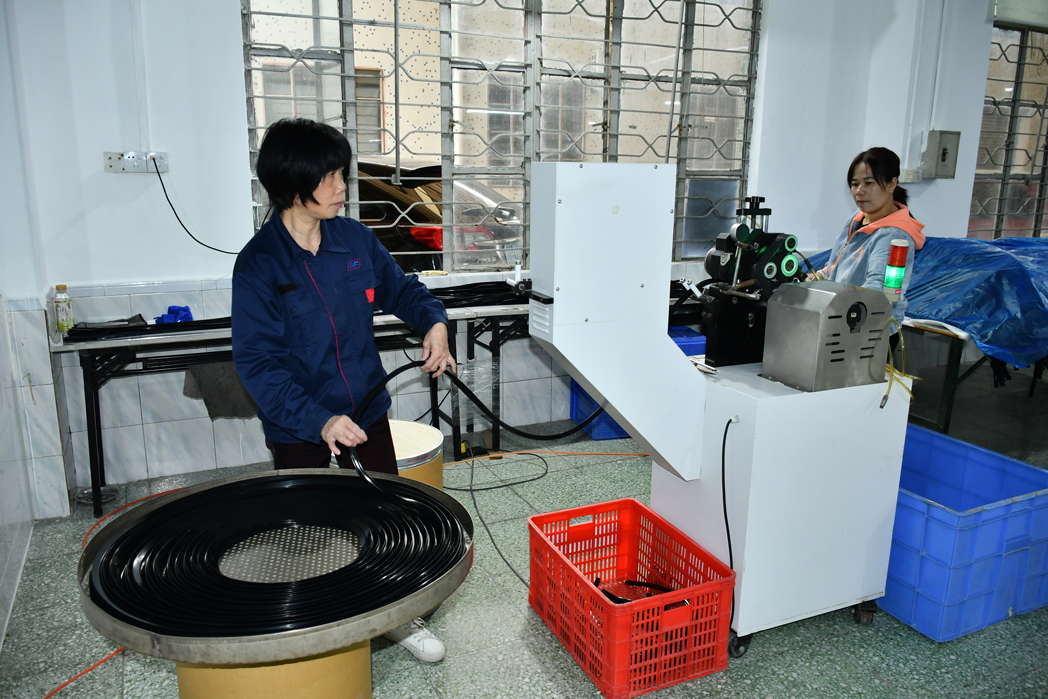






















Silicone is an excellent material for making gaskets because of its impressive features. Not only can it create an airtight seal, but it's also highly water-resistant, making it a reliable way to prevent leaks.
Moreover, its ability to withstand extreme temperatures sets it apart from other types of rubber. For these reasons, silicone gaskets are an ideal choice for a wide range of manufacturing and industrial applications.
Silicone rubber may not be the best choice for applications demanding strength and abrasion resistance because of its low tear strength.
But, worry not! You can increase its tear strength by adding more ingredients. Though, keep in mind that it's important to assess if silicone gaskets are a suitable fit for your specific application before using them.
Silicone gaskets are made from silicone elastomers, which are polymers. A silicone gasket is made up of silicone combined with carbon, hydrogen, and oxygen.
To create these gaskets, we first mold silicone material into the desired shape and size. Then, they're carefully cured at high temperatures to ensure their durability.
Silicone gaskets come in a range of softness grades and compressibility levels based on the formulation of silicone material and the manufacturing process.
Did you know that silicone gaskets are amazing when it comes to staying flexible and highly compressible, even at low temperatures? And here's the kicker - they won't shrink over time because they're not affected by temperature fluctuations or UV rays.
Not only that, but silicone gaskets are also totally waterproof and resistant to a ton of different substances thanks to their silicone makeup. Pretty impressive, right?
When it comes to vehicles and mass transit systems, silicone rubber gaskets have a very important job to do. Their main responsibility is to reduce vibrations and create effective seals around electrical enclosures, radiators, and HVAC systems.
We all know that extreme weather can sometimes be a major safety concern while traveling. This is why these gaskets' impressive performance is crucial in ensuring that the vehicle and its occupants remain protected during tough weather conditions.
Silicone, technically speaking, falls under the rubber family. But if we broaden our definition of plastics, we could say silicone is a fascinating hybrid between synthetic rubber and synthetic plastic polymer.
Thanks to its unique properties, silicone can be molded like rubber while also being spreadable and stiff. That's why NF Silicone Rubber uses silicone to create a wide range of products that are both flexible and versatile.
High temperatures may cause the sealant to leak or flow out of the joint, which may result in its failure. There may also be premature skinning over the sealant bead, causing craze cracks in the sealant.
Whenever it rains, freezes, or precipitates, the chances of adhesive failure will increase, leading to a more severe crash.
When it comes to applying silicone gaskets to a vehicle, many experts recommend a minimum of 4 hours of curing time before returning the vehicle to service.
However, there are exceptional formulas like the Permatex The Right Stuff® gasket formula, which allows for immediate service.
It's still advisable, in most cases, to give the gaskets a full 24 hours before using the vehicle again. This will ensure longevity and the best performance from your gaskets.
Gaskets play a crucial role in preventing leakage or contamination between multiple surfaces. They are designed to conform to the shape of the surfaces they cover, making them incredibly useful in a variety of applications.
From engines to pipelines and all kinds of machinery, gaskets help keep everything in check by preventing gas leaks and maintaining proper temperature and pressure levels.
When two components or flanges link together, a gasket comes into play to seal the connection. Whereas for a rotating shaft, engine, pump or any other machinery parts, a seal is used to ensure its proper functioning.
Seals are flat and round in shape, while gaskets are precisely cut to fit a specific component or flange. Simply, gaskets act as a barrier to stop leaks at unions and flanges. Static seals are the most commonly used seal with gaskets.
So, before you get started with installing a silicone gasket, it's important to take a couple of steps. Firstly, make sure that the surface you want to place the gasket on is nice and clean - you don't want any debris to get in the way.
Once you've done that, take your time to carefully align and center the gasket on the surface. This will help ensure that the gasket fits perfectly.
Lastly, if you're finding it a bit of a challenge to install the gasket, try using a little bit of silicone lubricant. It'll help make the process smoother and ensure an even seal.